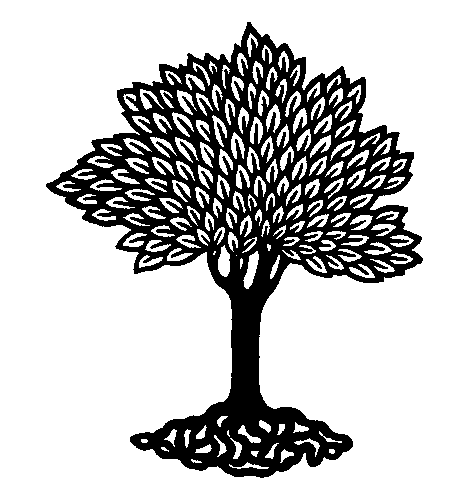
 |
Plant Taxonomy (BIOL308) - Stephen G. Saupe, Ph.D.; Biology Department, College of St. Benedict/St. John's University, Collegeville, MN 56321; ssaupe@csbsju.edu; http://www.employees.csbsju.edu/ssaupe/ |
Sham Plants: Evolutionary Classification
In our previous exercise, we tried to determine the number of genera and species represented by Dr. Warren Wagner's "Sham Plants." Now, we will assume that each diagram represents a separate species and that these are grouped into three genera (see table below).
| Genus | Diagram Number (s) | Abbreviation |
| Bulbosa | 13, 14 | B13, B14 |
| Crassicaulon | 5, 6, 12 | C5, C6, C12 |
| Dendrogramma | 7, 11, 16 | D7, D11, D16 |
| Macrosepala | 8 | M8 |
| Sympetala | 1, 2,3,4,9,10, 15,17 | S1, S2,...S17 |
| Zygomorpha | 18 | Z18 |
Assignment:
Work out the most probable pattern of evolutionary
relationships for the six genera of sham plants. In other words, create a
phylogenetic tree, bush or other diagram to represent the relationships among
these taxa. Your diagram may be similar to that of Cronquist, Thorne or
other. Then, once you've developed a classification for the genera, insert
the species (use the designations - S1, S2 and so on). Remember the
process for constructing evolutionary classifications: collect evidence → weight (primitive/advanced)
→ develop classification to reflect degree
and extent of divergence from a common ancestor. As you develop your
classification, consider the following questions:
Be prepared to present to the class and defend your answer.
|
| Top | Plant Tax. Home | SGS Home | Disclaimer | |
Last updated:
08/20/2007 / � Copyright by SG
Saupe